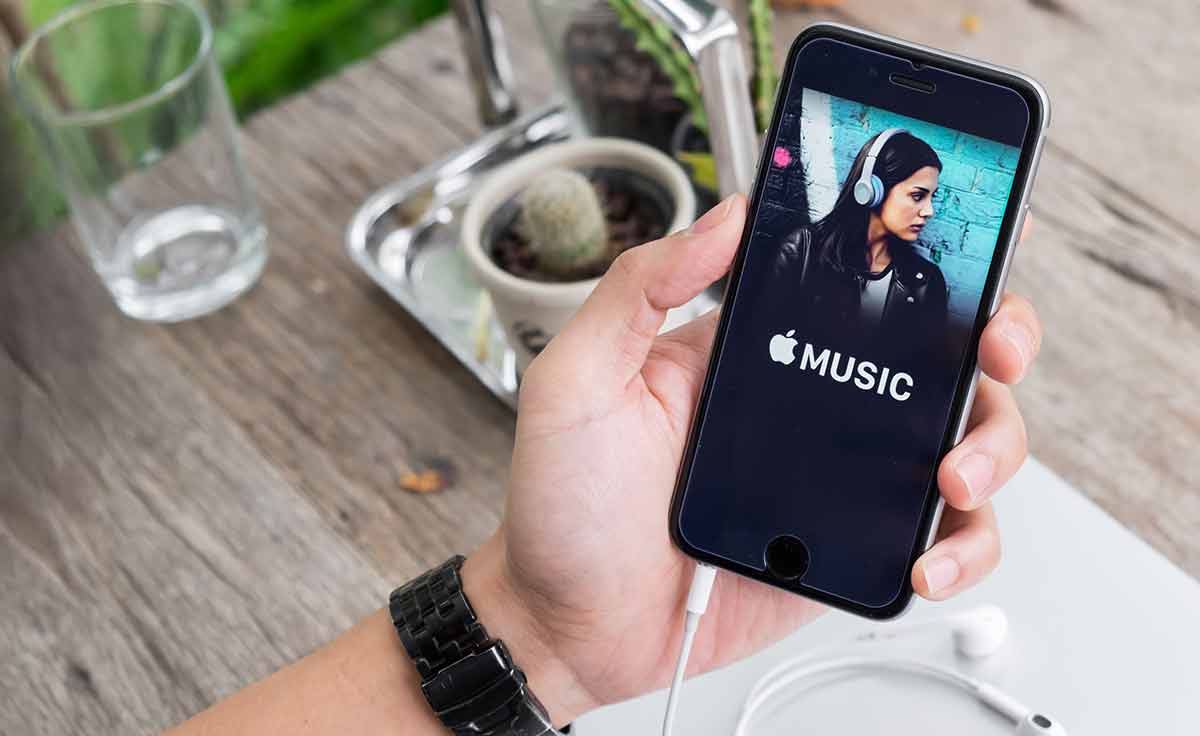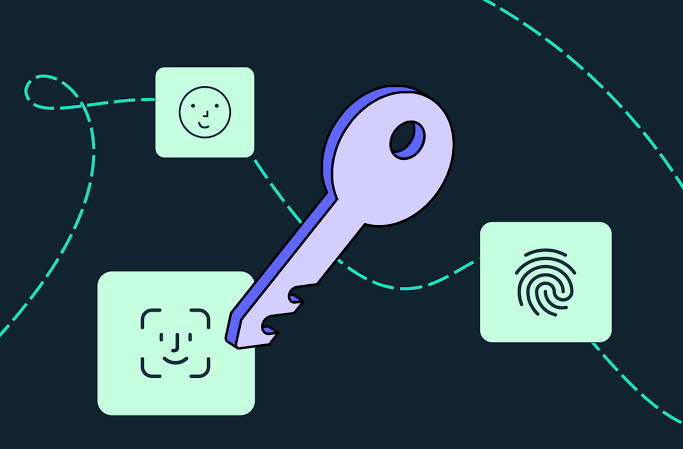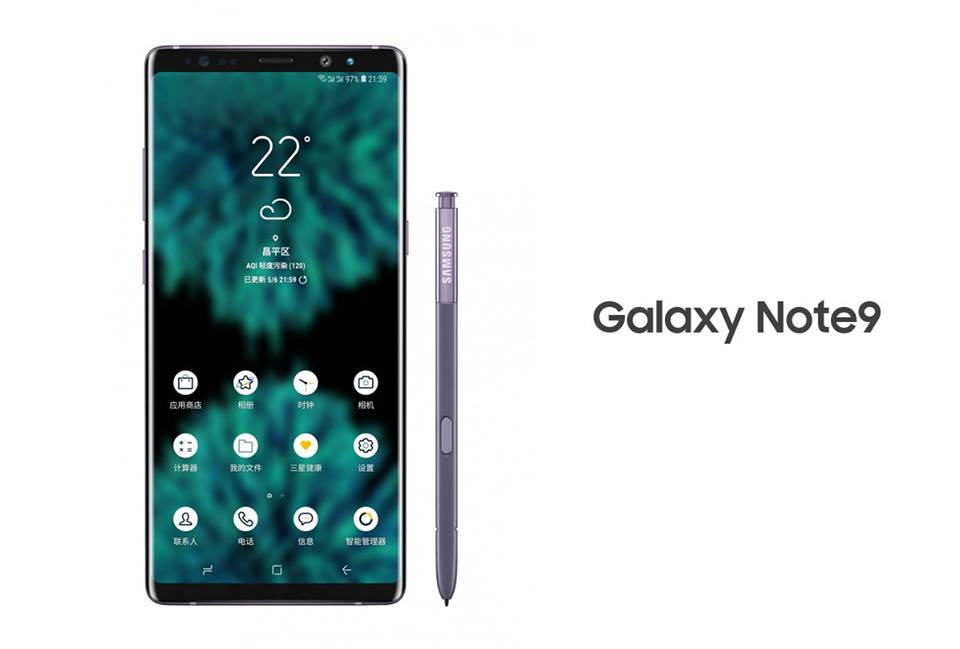In today’s age of unlimited music streaming, many of us still cherish the idea of owning a personal music library. However, sometimes our music libraries can become compromised due to accidental deletion, bugs, or changes in features. This article aims to provide you with a comprehensive guide on how to restore your Apple Music library on all devices, ensuring that your music collection remains intact.
Why is Your Apple Music Library Missing?
The Apple Music app, available on all Apple devices, serves as both a streaming service and a library for your purchased music. However, there are several reasons why you may experience missing music on your iPhone or Mac:
- Syncing Issues: Your music library may not be properly synced between your devices, resulting in missing songs.
- Moved Files: Physical music files may have been moved to a different location on your Mac, causing them to disappear from your library.
- Incomplete Downloads: Music files may not have been fully downloaded from the cloud, leading to missing tracks.
- Deleted Files: Accidental deletion of files can result in missing music in your library.
- Server Issues: Apple Music may experience server problems, causing temporary disruptions in your library.
- Storage Constraints: Insufficient storage space on your device can prevent the proper syncing and display of your music library.
Now, let’s delve into each of these issues and explore the solutions to restore your Apple Music library effectively.
How to Recover Deleted Music from iCloud
If you have purchased music from iTunes or Apple Music and find that it has disappeared from your library, there is a way to re-download it. Follow these steps to retrieve your purchased music:
- Open the Music app on your Mac.
- Go to Account and select Purchases.
- Find the music you want to restore and click the download button.
For locally stored music files, it is crucial to maintain up-to-date backups to avoid permanent loss. If you encounter any issues with missing local music files, consider re-downloading them from their original sources and ensure you have a reliable backup system in place.
Music Not Syncing on iCloud
If you notice that your music files are present on your Mac but not on your iPhone, it is likely due to syncing issues. To resolve this problem, follow these steps:
- Connect your iPhone to your Mac using a USB cable.
- Open Finder on your Mac and click on the phone icon.
- Switch to the Music tab and click on Sync to initiate the syncing process.
To ensure that syncing is enabled, follow these steps on your iPhone:
- Go to Settings on your iPhone.
- Scroll down and tap on Music.
- Toggle on the Sync Library option.
By re-syncing your devices and enabling the sync library feature, you should be able to restore your missing music files across all your devices.
Music Moved to a Different Location
If you have recently moved or renamed the folder containing your music files on your Mac, it may result in missing tracks in the Music app. To fix this issue, follow these steps:
- Open the Music app on your Mac.
- Go to File and select Import (or use the shortcut Command + O).
- Navigate to the new location of your music files and select them.
To prevent future issues, you can configure your Music app to copy files to the media folder when adding them to the library. To enable this feature, follow these steps:
- Open the Music app on your Mac.
- Go to Preferences and select Files.
- Check the box next to Copy files to Music Media folder when adding to library.
By importing your music files from the new location and enabling the “Copy files” option, you can ensure that your library remains intact even if you move or rename the files.
Music Has Been Deleted
If you accidentally delete a song, album, or playlist from your Apple Music library, there are a few options to restore them. Firstly, check the Trash folder in the Music app to see if the deleted items can be restored immediately. If the Trash has been emptied, you can use data recovery software like Disk Drill to retrieve the deleted music files.
Disk Drill is a professional data recovery app that can help you recover files from various storage devices, including your Mac or external drives. To use Disk Drill to recover missing music files:
- Launch the Disk Drill app on your Mac.
- Select your hard drive from the list of available drives.
- Click on Search for lost data to initiate the scanning process.
- Once the scanning is complete, recover any detected music files.
By utilizing data recovery software like Disk Drill, you have a higher chance of recovering deleted music files, even if they have been emptied from the Trash.
Apple Music Servers Are Down
While rare, Apple Music servers can experience outages, resulting in a temporary disappearance of your music library. To check the status of Apple Music servers, follow these steps:
- Visit the Apple Support System Status website.
- Look for the Apple Music section and check the indicator light next to it.
- A green light indicates that the service is operational, while a red or yellow light indicates issues.
If the Apple Music server is down, you may need to wait until the service is restored. In most cases, the server downtime is short-lived, and your music library will be accessible again shortly.
Not Enough Available Storage on Your Device
Insufficient storage space on your Mac can lead to problems with iCloud syncing and the availability of your music library. To free up space and restore Apple Music songs on your iPhone, iPad, or Mac, you can use an automatic cleaning solution like CleanMyMac X.
CleanMyMac X is a powerful app that scans your Mac for system junk, malware, and large, unused files. To free up space using CleanMyMac X:
- Launch the CleanMyMac X app on your Mac.
- Navigate to the System Junk section in the sidebar.
- Click on Scan to identify files that can be removed.
- Select the files you want to delete and click on Remove.
By using CleanMyMac X to clean up unnecessary files, you can create more storage space and improve the performance of your Mac, ensuring a smoother Apple Music experience.
How to Back Up Your Apple Music Library
To prevent future loss of your Apple Music library, it is essential to create regular backups. Get Backup Pro is a reliable tool for creating backups on your Mac.
Get Backup Pro offers various backup options, including simple copies, clones, incremental backups, and versioned backups. To create a backup using Get Backup Pro:
- Launch the Get Backup Pro app on your Mac.
- Specify the schedule, source folder, and destination for your backup (e.g., an external hard drive).
- Customize any additional settings based on your preferences.
- Initiate the backup process.
With Get Backup Pro, you can ensure that your Apple Music library is backed up securely and easily restore it if needed in the future.
Conclusion
Restoring your Apple Music library on all devices is crucial to ensure that you don’t lose your precious music collection. By following the solutions and tips outlined in this article, you can address various issues such as syncing problems, missing files, server outages, and storage constraints. Remember to backup your library regularly and utilize tools like Disk Drill, CleanMyMac X, and Get Backup Pro to enhance your Apple Music experience and keep your music safe.
By taking proactive steps to restore and protect your Apple Music library, you can enjoy uninterrupted access to your favorite songs and playlists across all your devices.
Remember, a well-maintained music library is the key to a seamless and enjoyable music streaming experience. So, take charge of your Apple Music library today and never lose a beat!






